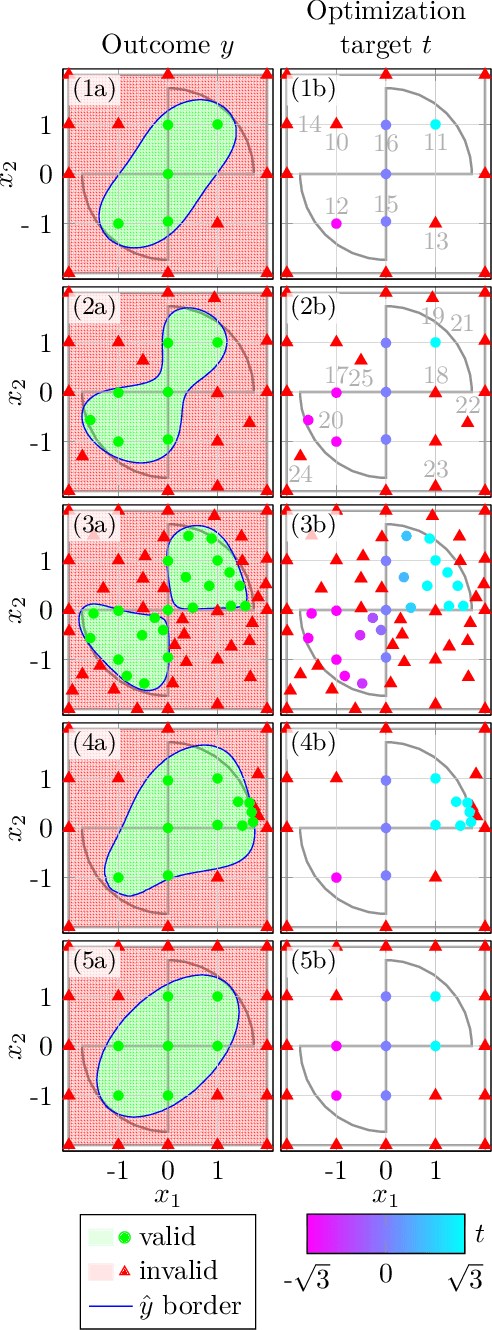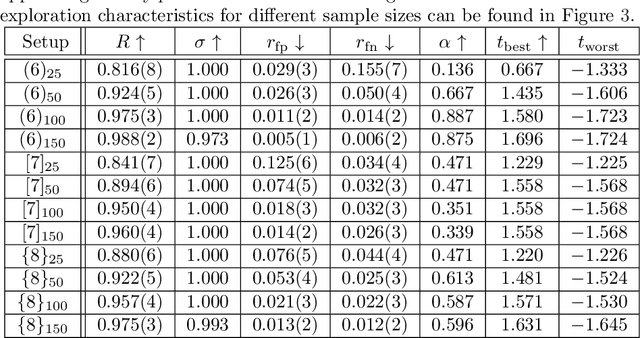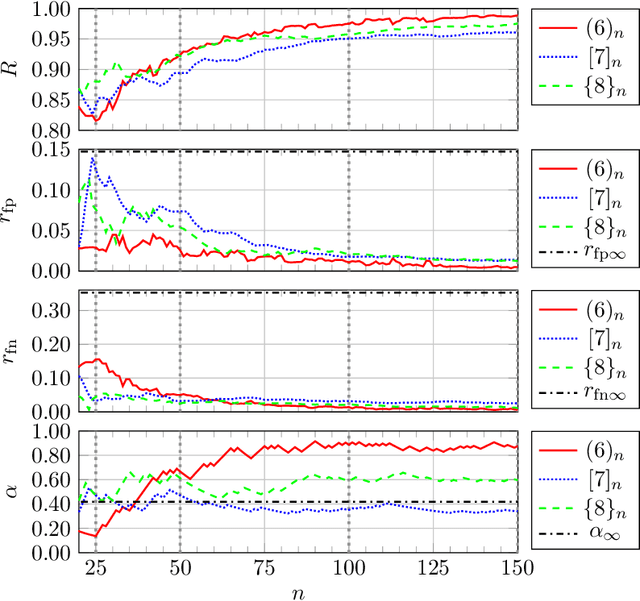Tobias Seidel
A Quantum Optimization Case Study for a Transport Robot Scheduling Problem
Sep 20, 2023Abstract:We present a comprehensive case study comparing the performance of D-Waves' quantum-classical hybrid framework, Fujitsu's quantum-inspired digital annealer, and Gurobi's state-of-the-art classical solver in solving a transport robot scheduling problem. This problem originates from an industrially relevant real-world scenario. We provide three different models for our problem following different design philosophies. In our benchmark, we focus on the solution quality and end-to-end runtime of different model and solver combinations. We find promising results for the digital annealer and some opportunities for the hybrid quantum annealer in direct comparison with Gurobi. Our study provides insights into the workflow for solving an application-oriented optimization problem with different strategies, and can be useful for evaluating the strengths and weaknesses of different approaches.
Optimized data exploration applied to the simulation of a chemical process
Feb 18, 2019



Abstract:In complex simulation environments, certain parameter space regions may result in non-convergent or unphysical outcomes. All parameters can therefore be labeled with a binary class describing whether or not they lead to valid results. In general, it can be very difficult to determine feasible parameter regions, especially without previous knowledge. We propose a novel algorithm to explore such an unknown parameter space and improve its feasibility classification in an iterative way. Moreover, we include an additional optimization target in the algorithm to guide the exploration towards regions of interest and to improve the classification therein. In our method we make use of well-established concepts from the field of machine learning like kernel support vector machines and kernel ridge regression. From a comparison with a Kriging-based exploration approach based on recently published results we can show the advantages of our algorithm in a binary feasibility classification scenario with a discrete feasibility constraint violation. In this context, we also propose an improvement of the Kriging-based exploration approach. We apply our novel method to a fully realistic, industrially relevant chemical process simulation to demonstrate its practical usability and find a comparably good approximation of the data space topology from relatively few data points.
* 45 pages, 6 figures
 Add to Chrome
Add to Chrome Add to Firefox
Add to Firefox Add to Edge
Add to Edge